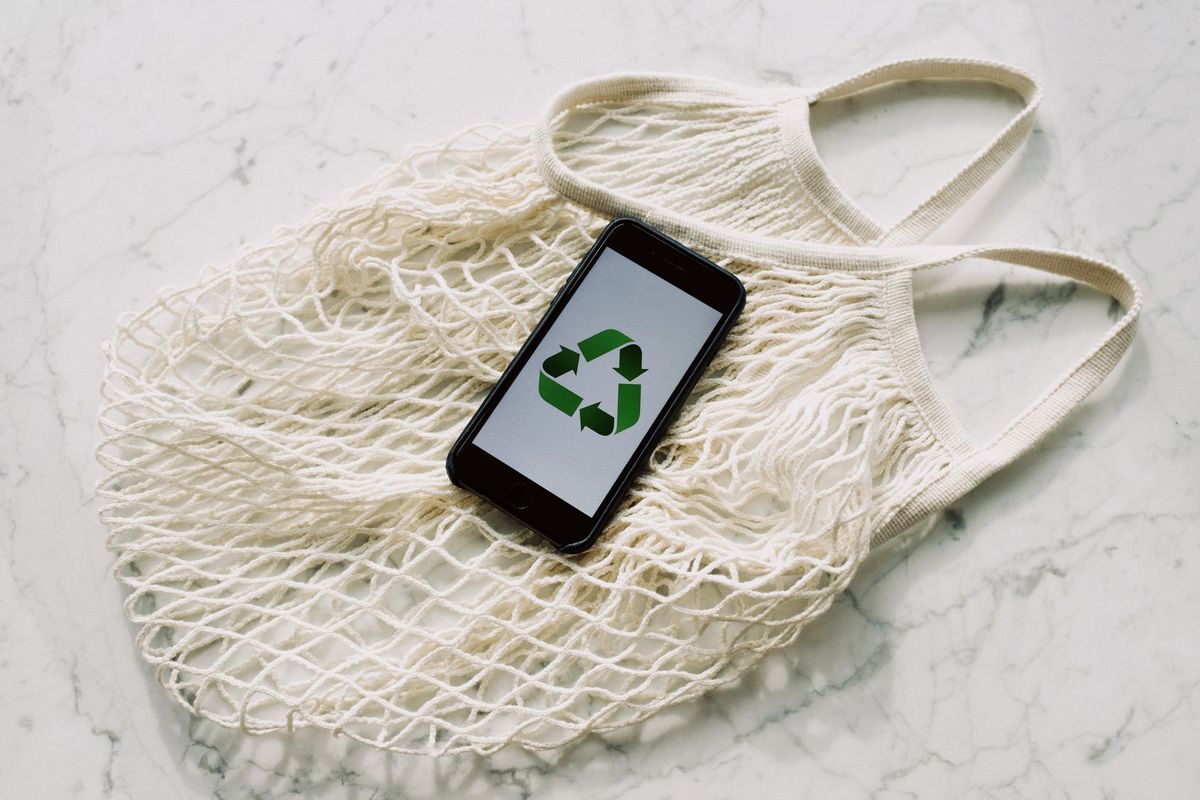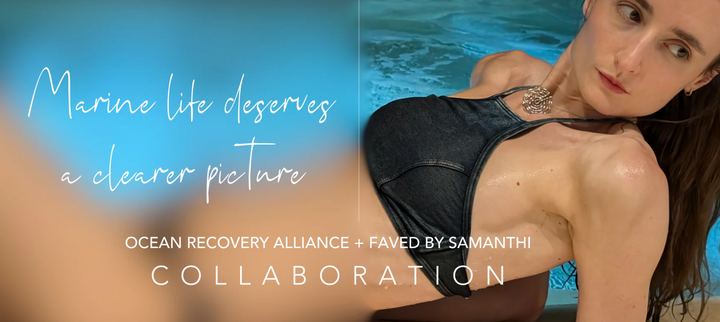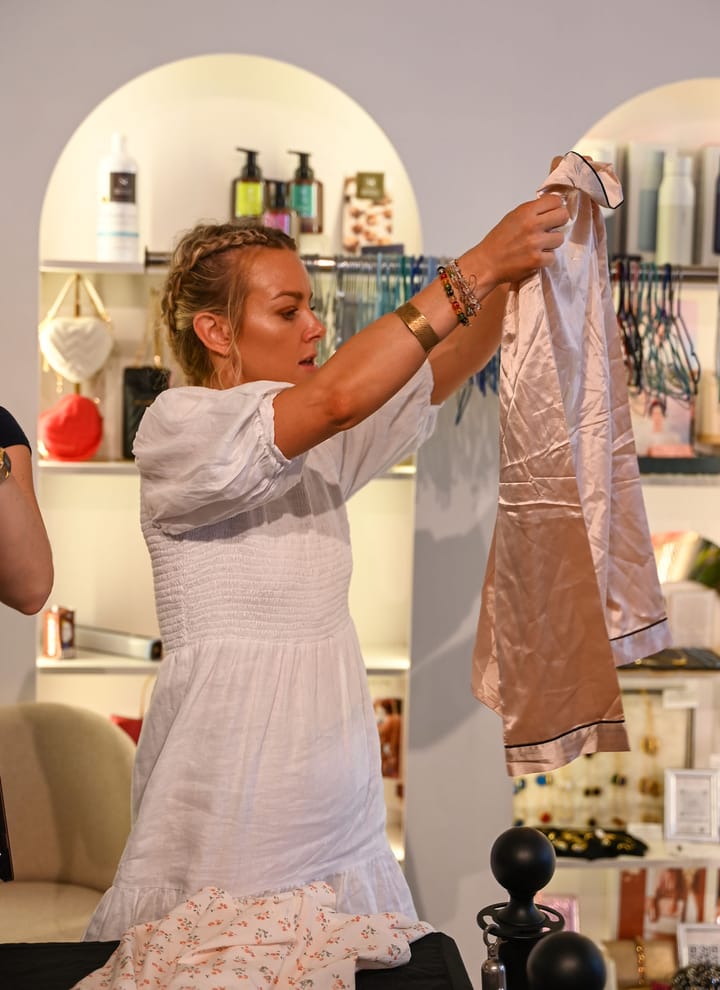Learn how to spot greenwashing and avoid greenwashing brands

A few minutes every morning is all you need.
Stay up to date on the world's Headlines and Human Stories. It's fun, it's factual, it's fluff-free.
You likely want to know how to spot greenwashing and avoid greenwashing brands when making environmentally conscious purchases. But, what is greenwashing?
With the ongoing climate crisis generating a wave of anxiety among the general public – especially younger people – participating in sustainable consumption has become second nature to many of us. Most of us are trying to do our part to help the earth thrive. While we can’t always afford to drive hybrid cars and buy groceries solely from local, independent farms, that doesn’t mean we don’t want to do our best to be environmentally conscious and reduce our carbon footprints.
Being a conscientious consumer is part of being environmentally conscious. If you have the option to buy a product that’s better for the environment over one that’s not, you’re probably more likely to make the greener purchase. Unfortunately, marketing and advertising teams have learned how to take advantage of this, leading to a contemporary problem: greenwashing.
Greenwashing is a term “used to describe the practice of companies launching adverts, campaigns, products, etc., under the pretence that they are environmentally beneficial,” even though that may not be the case. So, naturally, you will want to learn how to spot greenwashing to avoid greenwashing brands and ensure you are actually getting the eco-friendly products you are paying for.
To get a better idea of how to characterize this phenomenon, we spoke with Emily Fletcher, sustainability expert and founder of the Australian Clean + Conscious Awards.
“With the rise of conscious consumerism, people have become more discerning about the products they buy and if it was produced ethically and sustainably,” Fletcher explains. “Consumers are ready and willing to change the products and brands they buy if they think it will reduce their exposure to environmental chemicals or be more environmentally friendly.
“With this revolution in consumer sentiment, brands have been falling over themselves to get on board and at least appear to fulfil these requirements, which has given rise to the widespread phenomenon that is greenwashing. Unfortunately, any brand can pop just about any statement in their marketing unchecked. Greenwashing refers to false information or a false impression to make a product appear more environmentally friendly than it really is.”
So, how can we recognize deceitful greenwashing, and how can we avoid consuming products that participate in this misleading labeling?
You can’t be expected to know how to spot greenwashing all the time
As Fletcher explains: “To truly combat greenwashing, a consumer would be required to research every single product in their shopping cart. In our busy lives, we don’t all have time to look up ingredients, email brands about sustainability certifications, manufacturing location and workplace conditions, supply chain and material sourcing. However, making clean and conscious product choices has never been more important.”
So, while it’s important to act as responsible consumers, it’s also not reasonable to do in-depth research on everything in your grocery cart. Instead, there are a few easy things to look for to avoid being deceived by greenwashing brands. For one, you can check that the items you’re buying have been certified by reputable organizations. Check for the Rainforest Alliance, Fair Trade or the Green Seal certifications on food and cleaning supplies. These certifications are trademarked, so they can’t be placed on packaging without meeting set requirements.
Moreover, watch out for a few keywords that are often used in the practice of greenwashing. These words and phrases include (but are not limited to): eco-friendly, green, all-natural, earth-friendly, nontoxic, plant-based, plant-derived, pure, raw and healthy. Unfortunately, these words are purposely vague and often meaningless.
Additionally, just because a product’s packaging is green or has plant imagery, that’s not to say it’s any better for the environment than anything else on the shelf. If you’re skeptical if a product is any better for the Earth than a different product, check for certifications or see if the packaging explains how this particular product or company benefits the environment. If a company is doing any environmental initiative, they’ll want consumers to know; so chances are, they’ll lay it all out for you right there on the package.
When it comes to choosing which brands and companies to support, Fletcher’s Clean + Conscious Awards strives to “provide a trustworthy resource that makes it as easy as possible for consumers to shop more consciously.” The C+C’s directory includes products that have “all been thoroughly researched and selected, hands-on tested by 4 experts with reviews and also include summaries about how the brand is encapsulating Ethical, Sustainable and Socially Responsible values.” C+C presents awards on a basis that is “proudly independent, 100% free of advertising, and unaffiliated with any brands, corporations or media organizations.”
Just because a product is better for the environment doesn’t mean you need to buy it
Part of living a sustainable life is reusing what you already have rather than buying what you don’t necessarily need. Sure, a lot of products are more environmentally friendly than others. But the most environmentally friendly thing you can do is not contribute to excess waste through overconsumption.
A greenwashed product can make you feel compelled to purchase it by the ethical rhetoric its packaging espouses. But, ultimately, it’s still better to reuse the clothes you bought from a fast fashion retailer two years ago than to throw them away to order an entire new wardrobe of “sustainable” fashion. The best option is almost always reusing what you already have to reduce the waste you create.
Moreover, while a product may claim to be ‘better” for the environment, that doesn’t mean it’s “good.” The word “better” in this context just means “less bad.” Instead of buying disposable sandwich bags or plastic wraps made from recycled materials or that use less plastic than other brands, consider making a more significant lifestyle shift. For example, use beeswax wraps instead of cling wrap or reusable sandwich bags. Don’t just strive to be “less bad” in your consumption of products. Try to be “good.”
Have a tip or story? Get in touch with our reporters at tips@themilsource.com




Comments ()